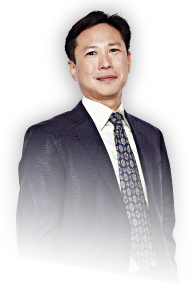"To dream the impossible dream..." This echoes the sentiments of most older women trying to achieve a genetic child using their own eggs. It is not only the older women, it also includes younger women with low egg reserve as indicated by a low ovarian reserve test, such as anti mullerian hormone (AMH).
There is no doubt that using your own eggs should be the first choice for women if available but at what cost? For some such as PH, who paid a high price for just such an ideal and still did not succeed, there are alternative options. PH was 34 years old when she started her IVF journey. She was married for two years and had been trying for a child immediately. She consulted an infertility specialist and her ovarian reserve was found to be very low despite the fact that she had been having regular periods.
Finally after four unsuccessful cycles, many of which either ended up with no or very few eggs collected - and with nil or very few resultant viable embryos for transfer - she turned to inter-country adoption at the age of 40. Although she loves her adopted child dearly, six years later, in an endeavor to have a child with her husband's genetic material, she tried egg donation.
Commercial egg donation (where the egg donors get paid for their eggs) is not allowed in Australia and many countries around the world. However, there are certain states in USA such as California and Hawaii, Thailand and Greece where it is legal and has become a striving venture.
PH initially went to Greece but after two unsuccessful attempts turned to Hawaii. She did most of her initial work up and stimulation here before flying out to Honolulu for egg collection and subsequent embryo transfer. Her first egg donor from Honolulu was a 23-year old university student. Twenty-five eggs were collected, of which two embryos were transferred and another 11 frozen. She was successful with a singleton pregnancy and gave birth to a son two years ago when she was 48 years old. There were 11 frozen embryos from that cycle.
Two frozen thawed were replaced last year without success and the next two frozen thawed embryos were replaced shortly after; culminating in the delivery of twins - a boy and a girl - in January 2016 by caesarean section at the age of 50!
Egg donation using someone younger and of proven fertility often results in live birth rates in excess of 70 percent. In IVF Australia, we can do anonymous or known egg donation but only with altruistic donors. That is why most couples go overseas where commercial egg donation is legal leading to less waiting times and more choice. The problem is that there are big differences in the quality of overseas IVF unit and it is best that one chooses reputable units with affiliations with your IVF specialist.
So in the end, reaching that unreachable star may just be a matter or changing one's mindset.
Drop Dr Andrew Kan an email and enquire on how he can help you build your family.

